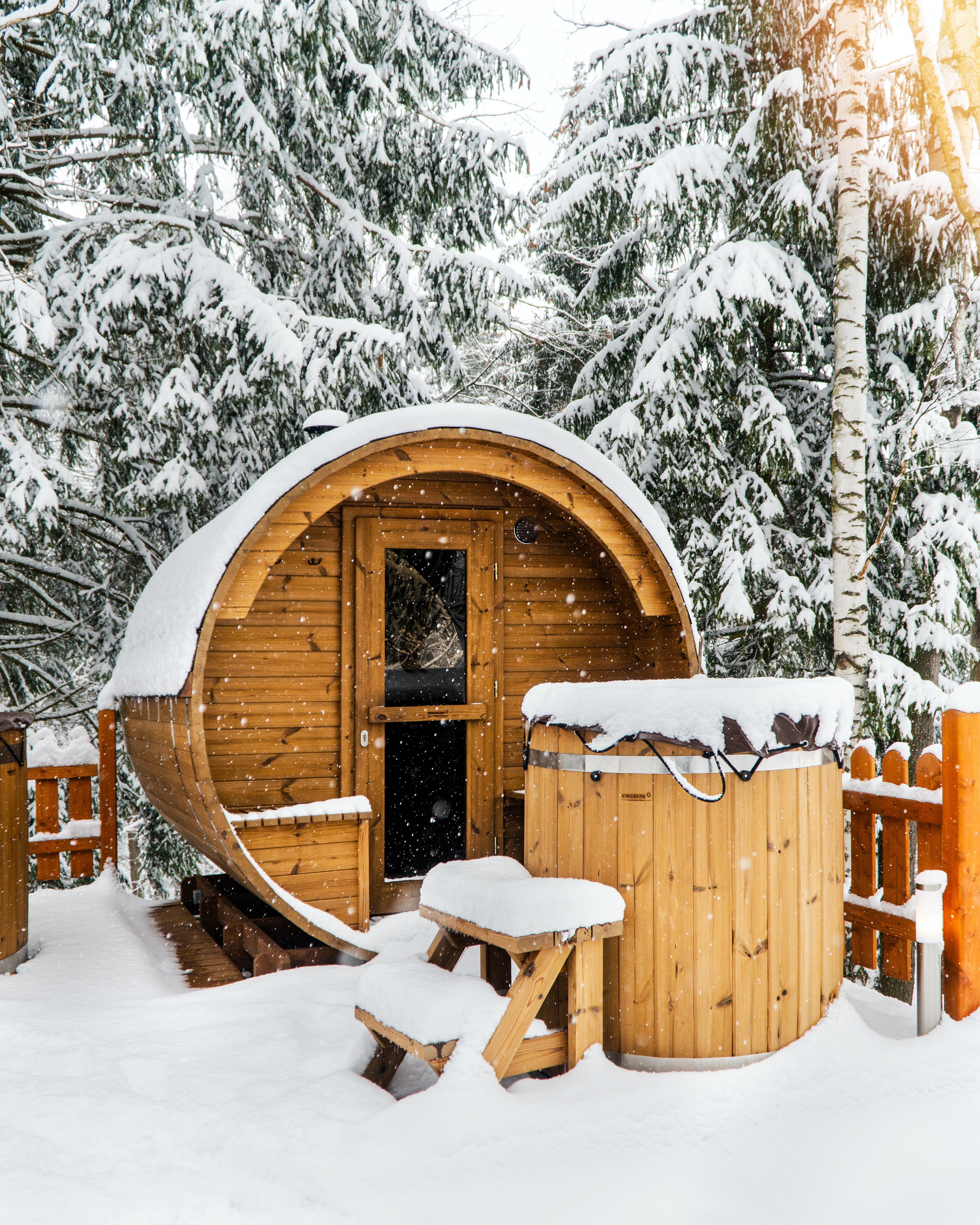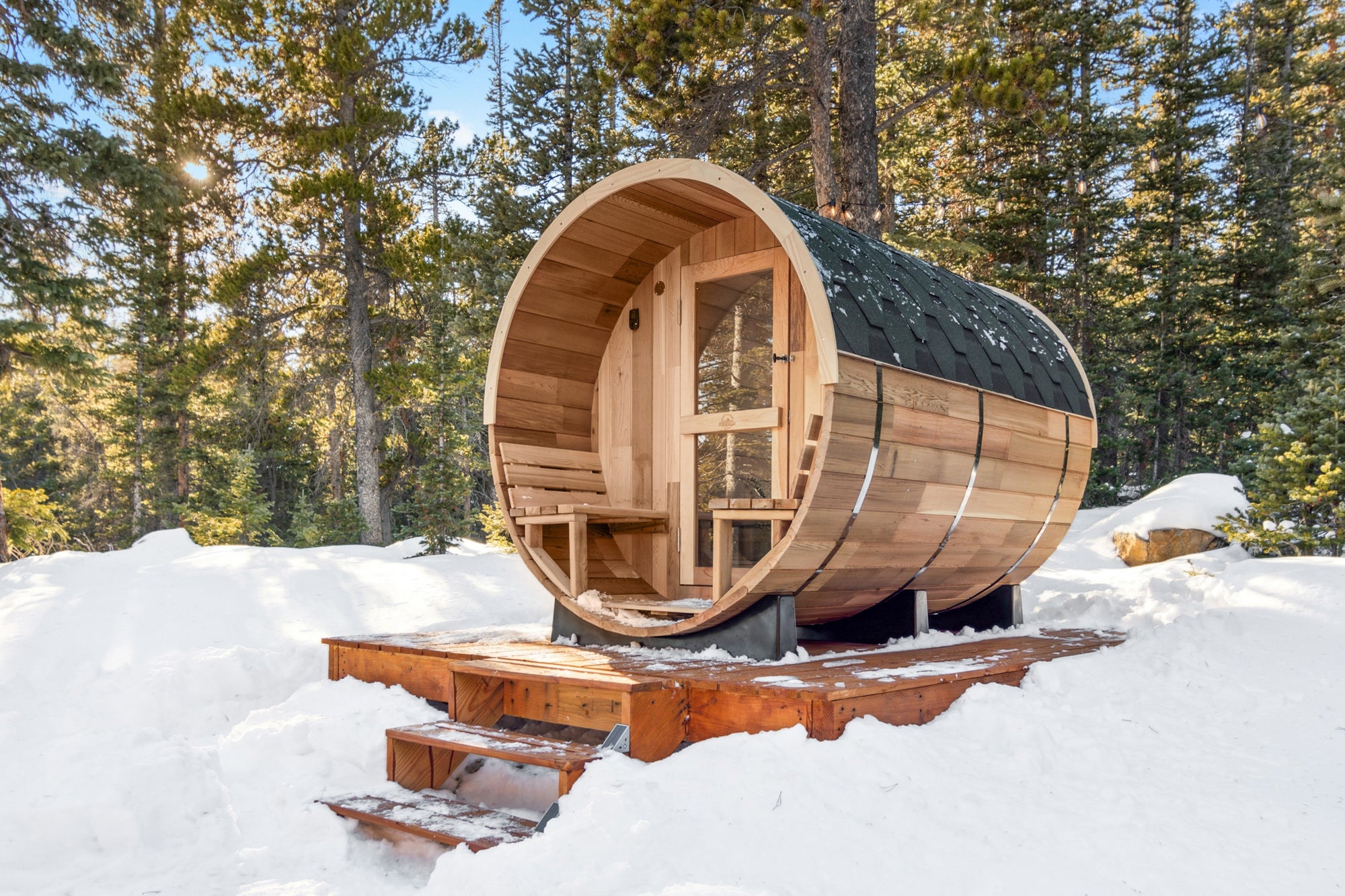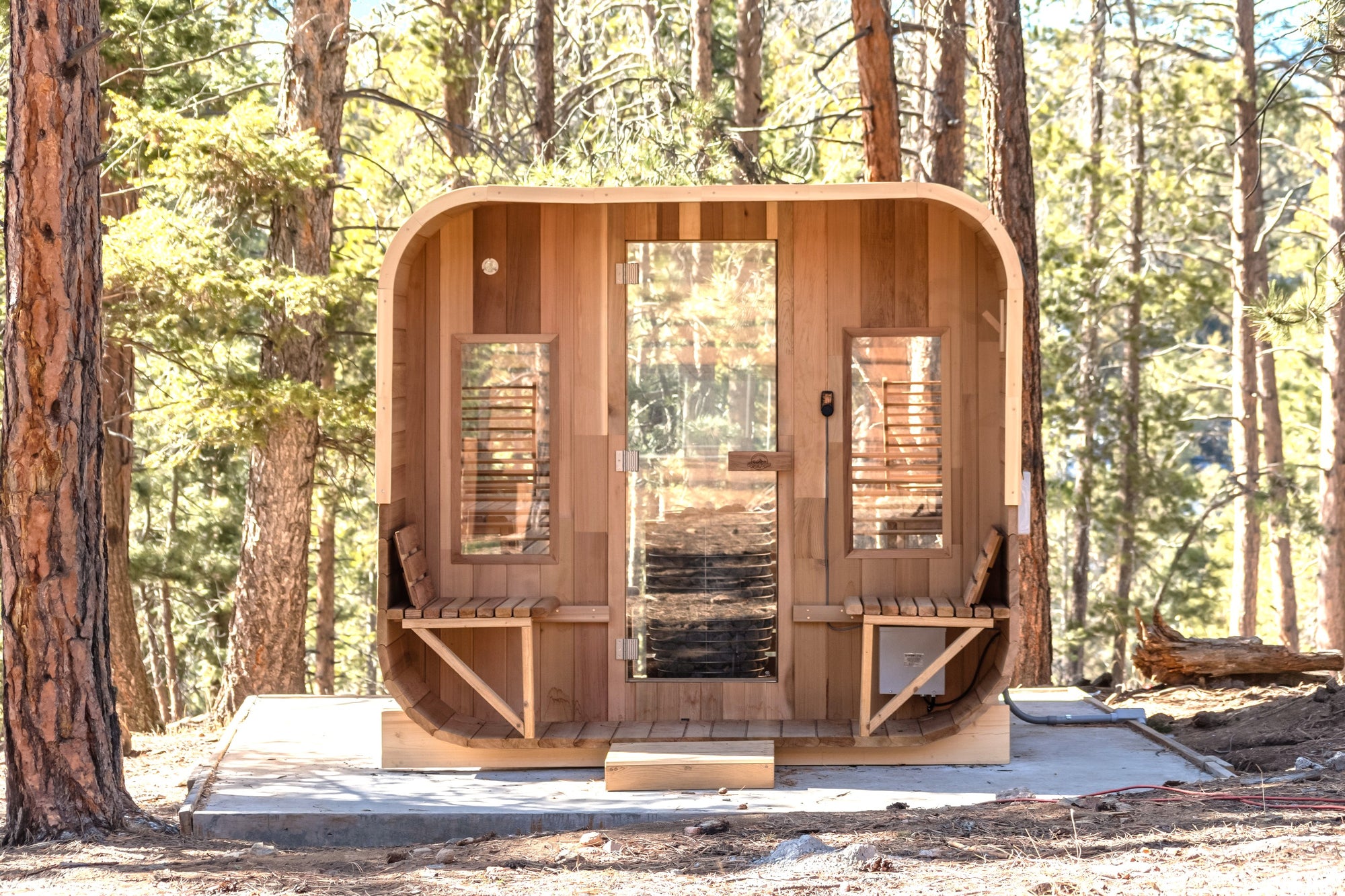
Cold Plunge Safety Tips for Beginners
Cold plunging is powerful—but like any wellness practice, it comes with a learning curve. If you’re just starting out, following a few basic cold plunge safety tips.
Cold plunging is powerful—but like any wellness practice, it comes with a learning curve. If you’re just starting out, following a few basic cold plunge safety tips will help you get the benefits without putting your body under unnecessary strain.
At Honey Hut, we’re big believers in the restorative power of hot/cold contrast therapy. But we’re also firm believers in doing it right. Here’s how to stay safe, stay smart, and get the most out of every plunge.
1. Know Your Limits (and Start Small)
You don’t need to go full polar bear on day one. Start with short plunges—around 30 seconds to 1 minute—and work your way up over time. Cold water can be intense, especially if your body isn’t used to it yet.
- Begin with water around 50–60°F: No need to jump into near-freezing temps right away.
- Keep sessions short: 1–2 minutes is a solid starting point.
- Listen to your body: If you feel dizzy, numb, or panicked, get out.
2. Breathe—Don’t Hold Your Breath
The shock of cold water can make you gasp, but controlled breathing helps calm your system and make the experience more manageable. Focus on long, deep exhales to keep your body relaxed.
- Avoid breath-holding: It can spike blood pressure and increase the risk of fainting.
- Use steady nasal breathing: In through the nose, out through the mouth.
3. Never Go Alone
Especially when you’re just starting out, it’s smart to have someone nearby in case you need help. Cold water can cause lightheadedness or shock, particularly if you stay in too long.
- Always plunge with a buddy, especially for the first few sessions.
- Use a timer or set an alert to avoid losing track of time.
4. Warm Up Gradually After
Don’t jump into a hot shower right after a cold plunge. Let your body warm up naturally to avoid shocking your system in the other direction.
- Use a towel and warm layers to gently raise your core temperature.
- Pair with sauna therapy for controlled, effective contrast recovery.
That post-plunge glow is even better when your body transitions smoothly.
5. Avoid Cold Plunges If You Have Certain Medical Conditions
Cold plunges aren’t for everyone. If you have heart conditions, high blood pressure, or other chronic health issues, talk to your doctor first.
- Consult a medical professional before starting if you’re unsure.
- Stop immediately if you feel chest pain, confusion, or nausea during a session.
6. Make It a Habit—But Don’t Overdo It
Like anything, cold plunging works best with consistency—not excess. A few short sessions per week are enough to see big benefits without overstressing your body.
- 2–4 sessions per week is a great starting range
- Combine with sauna use for added recovery and mood benefits
Set Yourself Up for a Safe, Powerful Routine
At Honey Hut, our cold plunge tubs are designed to make your routine simple, safe, and effective. Whether you’re a seasoned athlete or just starting your wellness journey, we’re here to help you build something you’ll stick with.
Start your cold plunge journey safely:
Explore Cold Plunge Tubs →




